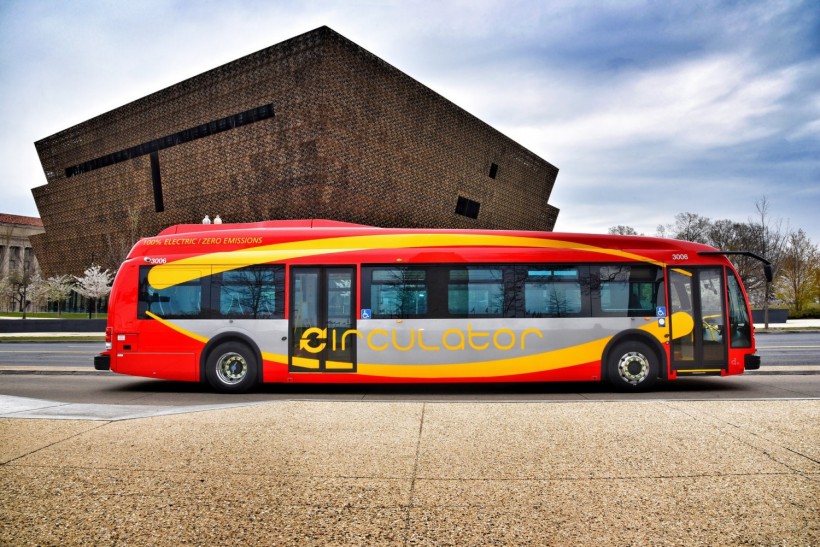Millions of people take a bus every day, whether it's to and from work, on a tour, or as a means of long-distance transportation. In general, there are relatively few bus crashes compared to the number of safe trips, but that doesn't mean there haven't been some extremely tragic accidents. But now, many buses are turning electric and passengers are wondering if they are safer than traditional buses or if they're even safe at all.
The Lithium-Ion Issue
While electric buses are comparatively safe to their combustion engine counterparts, there is a risk that's specific to electric buses that needs to be addressed before they can be considered fully safe. The main technology behind electric buses is the lithium-ion battery, also referred to as the Li-ion battery. This battery is more sustainable than fossil fuel, but if it is damaged, it presents a significant fire hazard that is not solved by traditional combustion engine fire suppression systems.
If a Li-ion battery is exposed to extremely high temperatures, mechanical failure, overcharging, or sustains a physical impact, its internal cells can short circuit, producing excessive heat. This excessive heat will trigger a chemical reaction that is known as "thermal runaway," in which the heat continues to produce even more heat. When this happens, the overheated battery can ignite, explode, or emit toxic gas.
Unfortunately, the situation can become even worse because once a Li-ion battery is in thermal runaway, it produces its own oxygen inside its cells. If a fire occurs, the oxygen will continue to fuel the flames and traditional fire suppression systems aren't equipped to handle fires that can't be starved of oxygen. Overall, battery fires are less common than traditional engine fires, but when they occur, they are much worse.
Awareness is Key
The good news is that since electric bus manufacturers are aware of the fire issue with the Li-ion batteries, they can take steps to mitigate the danger. They can ensure they are charged properly by not charging them too long (overnight), monitoring the charging as it occurs, immediately disconnecting batteries once they are charged, storing electric buses a safe distance from each other and combustion engine vehicles, and monitoring parking areas for potential risks.
Additionally, a fire suppression system that is specifically designed for Li-ion battery fires needs to be aboard every electrical bus. Such a system prevents thermal runaway as soon as the battery is damaged in any way, including in a crash. It cools the battery both internally and externally and sends out an early warning that the battery has been damaged so passengers can be evacuated. It also contains and suppresses fire that results from the battery if one ignites.
Conclusion
The actual structure of electric buses is not inherently more dangerous than traditional buses. In fact, they might even be safer because of advanced safety technology that is standard on newer vehicles. But, the Li-ion battery is a bit of a question mark in terms of safety because buses that use this battery for power can represent a higher fire risk.
* This is a contributed article and this content does not necessarily represent the views of sciencetimes.com



![Anger Could Lead to Blood Vessel Dysfunction, Increase Risk of Heart Problems [Study]](https://1721181113.rsc.cdn77.org/data/thumbs/full/53500/89/56/50/40/anger-could-lead-to-blood-vessel-dysfunction-increase-risk-of-heart-problems-study.jpg)










![Venus Lost Water and Dried Out Due to Chemical Reaction HCO+ Dissociative Recombination [Study]](https://1721181113.rsc.cdn77.org/data/thumbs/full/53493/258/146/50/40/venus-lost-water-and-dried-out-due-to-chemical-reaction-hco-dissociative-recombination-study.jpeg)
